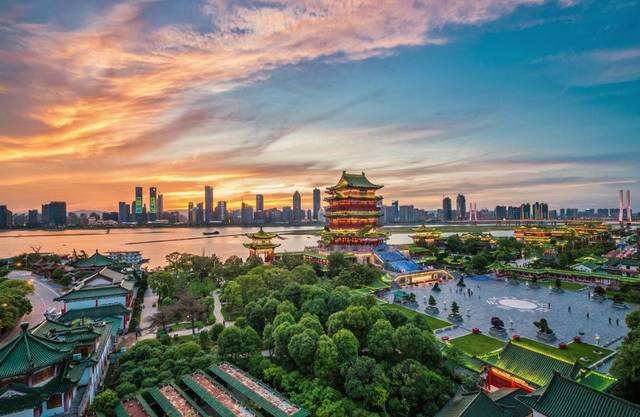How to see: the truth of the elevator market?
"Elevators" appear around us, and there are even more and more opportunities to buy by ourselves. Therefore, it is inevitable that the market will be chaotic. How can we see the truth in the chaos? How can we grasp the essence of the elevator market? Let’s sort out today. Here is the question.
As the world's largest producer and consumer of elevators, China will be the market with the largest demand for elevator equipment and related services worldwide in the future. The rapid development of domestic real estate, urban public construction and other industries will make China's elevator market still maintain an annual growth rate of about 20%. Coupled with the liberalization of the two-child policy, more families need more living space. The villa decoration market will usher in a wave of peaks in 2019-2020, and the demand for villa elevators is also considerable. In addition, the construction speed of second- and third-tier cities is greatly accelerated.

After 20 years of development, the urbanization level of some developed areas has reached 80%, which is basically saturated, and even has a trend of counter-urbanization. In recent years, the growth rate of the gross national product of the western region has been consistent with the GDP level required for the rapid development of the demand for villa elevators.
In terms of technology, China’s elevator technology has reached the international leading level in some respects, but the penetration rate of villa elevators is still very low. China’s villa elevator industry has greatly improved from the market scale, and some independent brands have gradually It has improved the quality and technical content of its products, and the energy-saving society proposed by the Chinese government has just given opportunities for companies with excellent technology in the villa elevator industry to develop.
Since 1889, the world's first electric-driven elevator came out. The elevator has a history of 130 years and the technology is very mature. Traction technology ranges from the traditional geared traction machine, to the permanent magnet synchronous traction machine, to the steel belt traction machine; the control technology ranges from the traditional relay control, to the PLC, to the microcomputer board control, to the current integrated machine; drive The control technology from the initial single-speed motor, to the two-speed motor, to the AC voltage and speed regulation, to the frequency conversion and AC voltage and speed regulation VVVF system, all of which have enabled the elevator technology to experience rapid improvement and development.
The elevator has its particularity as an industrial product and also as a civilian product. Elevator products are relatively complex application products combined with electromechanics, which are composed of the main engine, control cabinet, door machine core components and safety components, main components, and elevator structural components. At present, most of the villa elevators produced in China are assembled, that is, almost all core components are purchased out.
This development model has led to serious product homogeneity, and it feels that the products made by each manufacturer are similar. The core competitive thinking of an enterprise lies in:
The first is the appearance design of the product, including the car style and the appearance style of the man-machine system (control box and call box, etc.);
The second is to maximize the use of hoistway space within a limited range. For example, the small top floor can be 2400mm; the small pit can be 100mm; the width of the small hoistway can be equal to the width of the car when the counterweight is placed on the side. The width of the hoistway is reduced by 400mm; the depth of the small hoistway is equal to the depth of the hoistway minus 100mm when the hand-pulled door is placed on the counterweight side.
The third is to see whose product cost is better controlled. The problem of product homogeneity is serious, and the rest is to see whose business model innovation, brand promotion and sales methods compete.